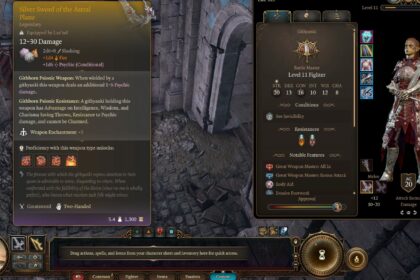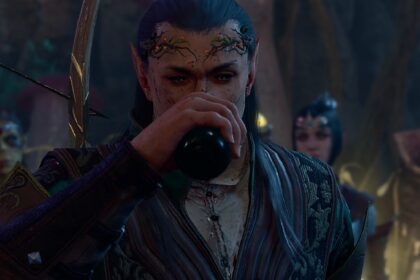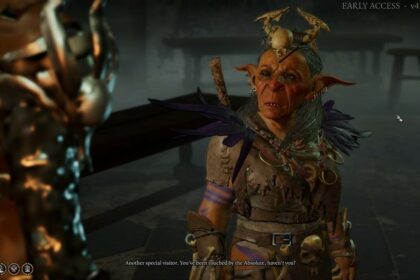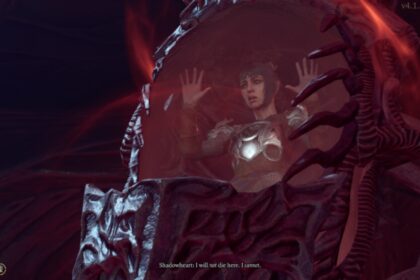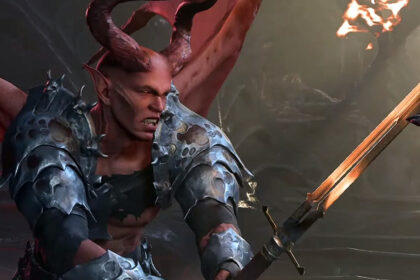Things change significantly from the moment you first meet Shadowheart to the second act of Baldur’s Gate 3.
As you journey through the trials of the shark gauntlet and uncover the truth about the Nightsong’s identity, your decisions start to mold the story in even more relevant ways.
A significant moment unfolds when Shadowheart stands at a crossroads, armed with a sharp spear and determined to Kill the prisoner.
The question arises: Should you allow her to follow through with her lethal intent?
What Happens If You Kill Nightsong?

Opting for a darker outcome, where Nightsong’s life is extinguished, triggers a series of events with profound implications.
With the death of this imprisoned being, Ketherik will indeed become mortal, so you can proceed normally as planned by Jaheira, a returning companion from older BG titles.
Shadowheart, driven by her allegiance to the goddess Shar, feels she’s fulfilling a sacred mission.
In her eyes, this deed sets her on a path where she becomes Shar’s new favorite, a Dark Justiciar, and pretty much finishes her transformation into an entirely evil Cleric.
This macabre power continues to be fueled by the evil goddess’s influence, weaving a tapestry of shadowy mysteries and evil that shapes the narrative’s trajectory.
What Happens If You Save the Nightsong?
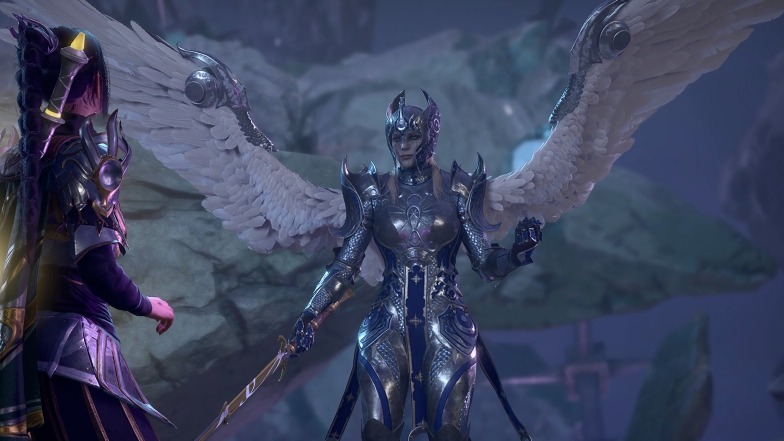
Choosing to spare the Nightsong’s life unveils an alternative route filled with redemption and revelations.
By preserving her existence, players learn that Ketherik Thorm manages to stay alive by feeding on an Aasimar’s immortal nature.
Shar’s spear can give Nightsong true death and break the spell that protects Thorm, but freeing her causes the same outcome.
Freeing the Aasimar does more than make Ketherik mortal. It also grants you a powerful celestial ally that will fight alongside you.
Not only saving Nightsong shifts the balance of power, but it also uncovers the truth about Shadowheart’s past.
It becomes evident that the Nightsong’s memories were tampered with, leading her astray into the clutches of the cult of Shar.
This discovery throws the character into confusion, setting the stage for an intricate narrative that explores her redemption and the exploration of her origins.
A Glimpse of Redemption and Discovery
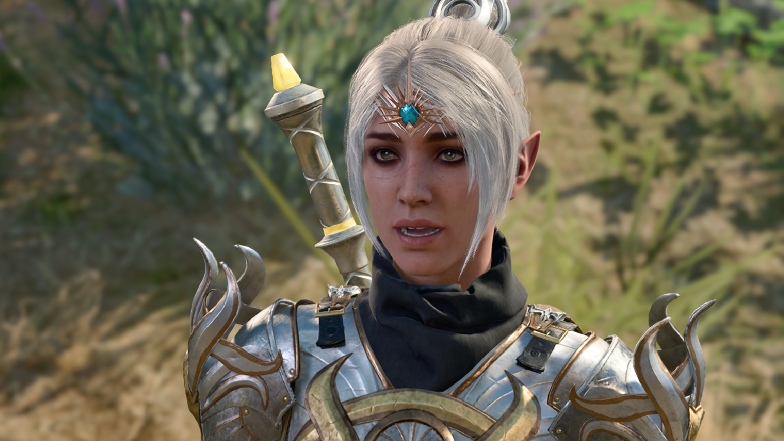
The decision to save the Nightsong initiates a cascade of events that not only influences the present but also shapes the future.
Through the Aasimar’s survival, players unlock a path of redemption, where Shadowheart grapples with her past and strives to untangle the webs of deceit spun around her.
Her connection with the Mistress of the Night is severed, and the source of her powers becomes a new one.
There’s more. Shadowheart also learns about how Shar’s cult took her away from her parents when she was young. She is even told that they are still alive.
Forge the Path Ahead
As players navigate the treacherous landscapes of Baldur’s Gate 3, the choice regarding the Nightsong’s fate becomes a pivotal moment in shaping the narrative’s direction.
The dichotomy between embracing darkness and seeking redemption underscores the complex decision-making that defines the game.
With every choice, players leave an indelible mark on the world, crafting a story that’s uniquely their own.
Since the beginning of the game, you must face many different choices. Should you save the Tieflings? If so, when doing it, should you Kill Minthara?
Each decision will change how you experience the game and cause your run to be truly unique.
So, as you step into the shoes of an adventurer, remember that the path you choose for the Nightsong, Shadowheart, and many other characters, reverberates far beyond the confines of that one quest you are currently partaking in.

